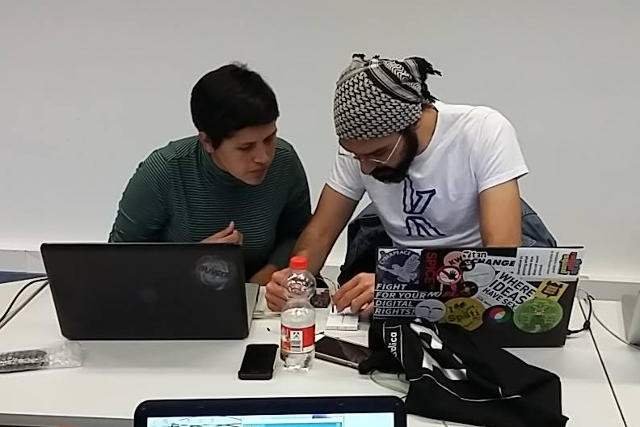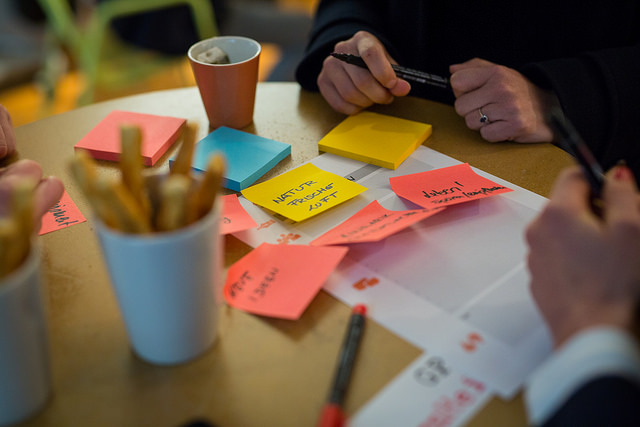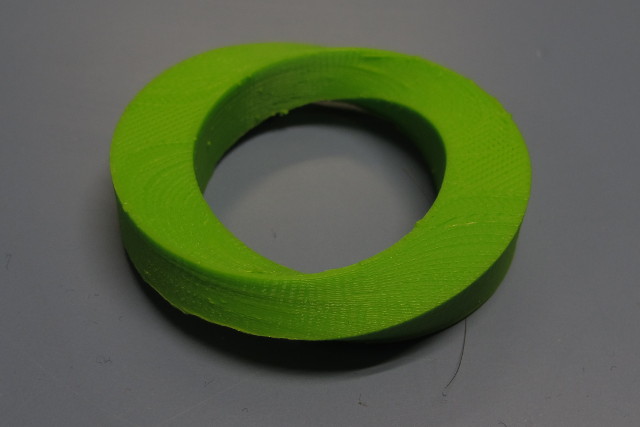Our Mission
The "Creative Coding School" seeks to engage refugees and other socially disadvantaged people in learning how to create digital products, and thus also taking part in the digital transformation in Germany. Special attention is paid to children, as they tend to be both more open to learning and have greater impact in their families.
By 2022, it is estimated that 20 billion devices such as sensors, security cameras, vehicles, production machines and everyday objects will be networked together in the Internet of Things (IoT). The knowledge gained from this connectivity will give rise to the emergence of new services and applications that will change and simplify our lives. The Internet of Things is thus one of the most important technological innovation drivers, and already one of the key markets for young entrepreneurs.
In the workshop, participants will learn basic skills to independently master digital challenges and to find their own creative solutions to problems. We will experiment with various technologies and materials, and provide participants with an overview of programming and digital tools, with which they can independently create their own inventions. Participants will be equipped with all the necessary knowledge and skills in order to unleash their creativity. Through the transfer of knowledge in various areas of the "Internet of Things", the participants will receive a broad picture of the possibilities of modern technologies and their applications.























